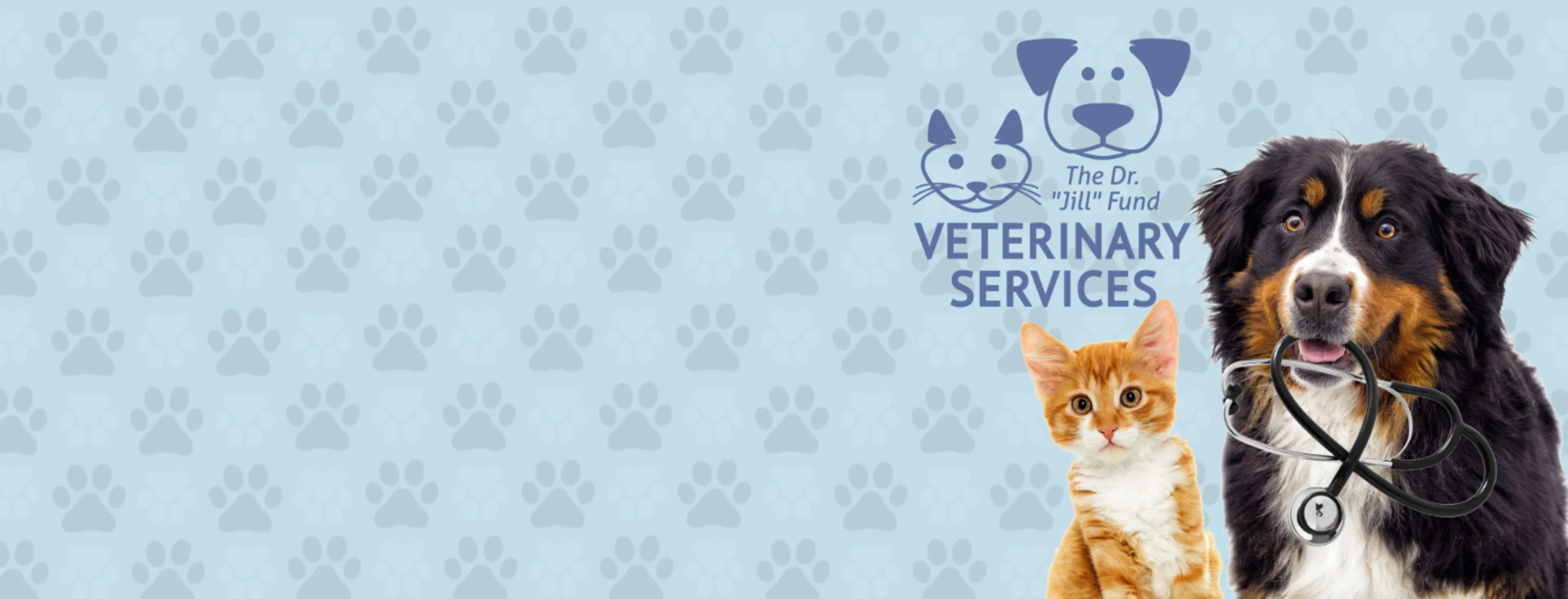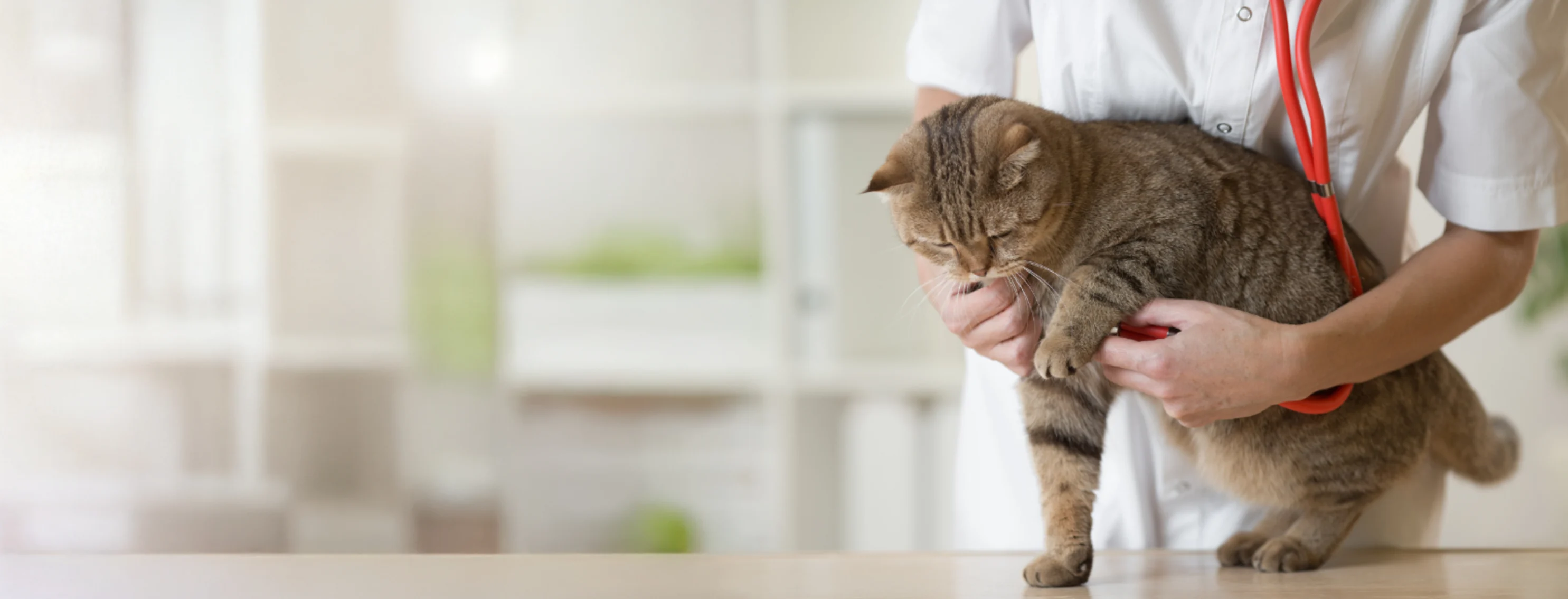Top Mistakes to Avoid Before, During, and After tplo surgery
Top Mistakes to Avoid Before, During, and After tplo surgery
Blog Article
Everything About Veterinarian Surgery: Recognizing the Relevance of Expert Look After Your Pets
Vet surgical procedure is an essential component of animal health care. It includes different treatments, from routine optional surgeries to urgent treatments. Comprehending the complexities of these surgical treatments can assist family pet owners make educated decisions. The prep work, execution, and recuperation stages are important for guaranteeing the wellness of animals. With appropriate understanding, owners can browse the complexities of veterinary care. What elements should be considered before an animal undergoes surgical treatment?
Types of Vet Surgeries
When a pet calls for medical intervention, understanding the different sorts of vet surgical procedures can aid animal owners make notified choices. Veterinary surgical treatments can be extensively classified into 3 major kinds: elective, urgent, and emergency surgical procedures. Elective surgical procedures, such as spaying or neutering, are planned treatments that are not promptly serious. Immediate surgical treatments, like those for foreign body removal, must be performed quickly but are not serious in the minute. Emergency surgical procedures, such as those resolving serious injury or inner bleeding, are essential and call for instant attention.Additionally, surgical treatments can differ in intricacy, varying from minimally intrusive laparoscopic treatments to more extensive open surgeries. Each kind of surgical procedure brings its own risks and recuperation processes. Comprehending these groups allows family pet proprietors to participate in purposeful conversations with vets, causing better results for their precious pets.
Planning for Your Pet's Surgery
Preparing for a pet's surgical treatment entails a complete checklist to guarantee all essentials are covered. Reliable interaction with the veterinarian is essential for comprehending the treatment and any type of required pre-operative steps - animal emergency care bellingham. In addition, having clear post-operative care guidelines will help owners provide the very best assistance for their recuperating animals
Pre-Surgery List Basics
Assuring a smooth medical experience for a family pet needs mindful prep work and focus to detail. A pre-surgery checklist is necessary for family pet proprietors to follow. First, validating the arranged surgery date and time is important. Proprietors should likewise confirm that their pet has actually not eaten according to the veterinarian's guidelines, generally for 8-12 hours before surgery. Collecting required clinical documents, including vaccination background, is necessary for the veterinarian's testimonial. It is likewise advisable to prepare a comfortable area in the house for the family pet's recuperation after surgical treatment. Lastly, proprietors should have a prepare for transport to and from the veterinary facility, making sure that the pet is safe and comfy throughout the journey. Adhering to these steps can significantly boost the medical experience.
Communicating With Your Vet

Effective interaction with the vet is necessary for an effective surgical experience for animals. Proprietors should be prepared to discuss their pet dog's case history, including any kind of pre-existing conditions, drugs, and allergic reactions. This info helps the vet analyze threats and customize the surgical plan appropriately. In addition, pet dog owners need to ask concerns pertaining to the procedure, anesthesia, and expected outcomes to guarantee they totally recognize the procedure. Making clear any kind of questions can ease anxiousness for both the pet and the owner. It is also important to communicate any kind of behavior modifications or worries observed in the family pet leading up to the surgery. Inevitably, clear discussion fosters trust fund and partnership, guaranteeing that animals obtain the ideal possible care throughout their medical journey.
Post-Operative Care Directions
After discussing the surgical procedure with the vet, pet dog proprietors ought to concentrate on post-operative treatment guidelines to facilitate a smooth recuperation for their family pets. These directions commonly include keeping an eye on the medical site for signs of infection, such as inflammation or discharge. Animals might need to be kept calm and confined to avoid extreme motion that can disrupt healing. Discomfort management is important, so owners ought to comply with the vet's support on carrying out medications. Furthermore, dietary constraints might be suggested to avoid stomach trouble. Normal follow-up consultations are vital to assure proper healing and resolve any type of issues. By sticking to these post-operative treatment instructions, pet dog owners can considerably contribute to their pet dog's healing and general health.
The Surgery Explained
The surgery for pets incorporates vital actions that ensure their security and recuperation. Pre-surgery prep work are necessary for decreasing threats, while post-operative treatment guidelines play a crucial role in advertising healing. Recognizing these parts aids animal proprietors browse the surgical experience much more properly.
Pre-Surgery Preparations
Prior to a pet dog undertakes surgery, several crucial preparations have to happen to guarantee a secure and successful procedure. First, an extensive vet examination is necessary to evaluate the family pet's total wellness and determine any potential dangers. This may consist of blood examinations, imaging, or other diagnostics. The vet will certainly likewise discuss anesthesia alternatives customized to the pet's specific needs. Additionally, pet dog owners are usually advised to keep food and water for a specified time before surgery to lessen the risk of complications during anesthesia. It is essential for proprietors to supply a total case history, consisting of any kind of medications or allergies, guaranteeing the surgical team has all required information. Proper communication and adherence to pre-surgery standards can significantly improve the outcome of the procedure.
Post-Operative Care Standards
Correct post-operative care is necessary for making certain a family pet's recuperation complying with surgical procedure. After the treatment, family pets must be kept an eye on carefully for any type of indications of problems, such as excessive blood loss, swelling, or uncommon behavior. It is very important to follow the veterinarian's directions pertaining to medications, consisting of discomfort reducers and antibiotics. Pet dogs need to be maintained in a peaceful, comfortable environment to minimize stress and anxiety and promote healing. Limiting task is important; short, leashed strolls might be necessary, but jumping or running need to be prevented. Regular follow-up appointments ought to be set up to assess the recovery procedure. In addition, the surgical website has to be kept clean and dry, with any indicators of infection reported to a vet immediately. Sticking to these guidelines enhances recuperation results.
Anesthesia and Pain Monitoring
Reliable anesthesia and pain administration are crucial elements of vet surgical procedure, guaranteeing that family pets remain comfy and secure throughout the procedure. Vets analyze each pet's specific needs, thinking about variables such as age, weight, wellness standing, and the sort of surgery being performed.Anesthesia procedures commonly include a mix of pre-anesthetic medicines, induction representatives, and inhalant anesthetics, enabling precise control over the animal's level of consciousness. Surveillance throughout surgery is critical; vets continuously observe important signs to deal with any prospective problems promptly.Pain administration techniques may involve opioids, non-steroidal anti-inflammatory medicines (NSAIDs), and regional anesthetics, customized to the pet's particular circumstance. This complex approach helps minimize pain and promotes a smoother medical experience. By prioritizing efficient anesthesia and discomfort monitoring, vet experts improve the overall welfare of pet dogs going through surgical treatments, ensuring they receive the greatest criterion of treatment.
Post-Operative Care and Healing
Following surgical procedure, the emphasis moves to post-operative treatment and recuperation, which is essential for making sure a pet's safe return to typical tasks. During this duration, pet dogs call for a silent, comfortable environment to help healing. Owners must very closely monitor their family pets for any kind of signs of discomfort or uncommon behavior.Veterinary standards typically include particular instructions related to medication administration, injury treatment, and dietary changes. It is essential to stick to these referrals to reduce problems and advertise recovery. Family pets may need to be limited from strenuous tasks, such as running or jumping, during their recovery period (emergency vet near me).Regular follow-up appointments with the veterinarian allow for surveillance of the family pet's progress and timely adjustments to the treatment strategy. Providing emotional support and companionship can Recommended Site also enhance a pet's healing experience, aiding to reduce tension and anxiousness. Generally, diligent post-operative treatment plays a significant role in achieving an effective healing
Acknowledging Difficulties After Surgical Treatment
Exactly how can pet dog proprietors identify issues after surgical treatment? Recognition of details indicators is important for reference making certain the wellness of pet dogs throughout recovery. Typical signs include too much swelling, soreness, or discharge at the surgical site, which might indicate infection. Furthermore, consistent discomfort, shown by grumbling or unwillingness to relocate, need to prompt instant attention. Modifications in appetite or water intake can additionally show difficulties; a decrease in these habits might signal pain or distress.Moreover, pet dog owners ought to monitor their pets for any kind of uncommon habits, such as sleepiness or trouble breathing, as these can be indications of significant issues. Vomiting or diarrhea adhering to surgery might require immediate veterinary evaluation. Identifying these issues early can substantially influence a family pet's healing procedure, highlighting the significance of caution and prompt interaction with a veterinarian for any kind of concerning signs.
The Function of Vet Experts in Surgical Care
Veterinary specialists play an important function in making sure the safety and success of procedures for animals, especially complying with surgical treatment when monitoring and treatment are vital. These experts include veterinarians, veterinary specialists, and support team, every one of whom contribute specialized skills to the surgical process.Before surgery, vets conduct detailed assessments to analyze the pet dog's health and wellness, making certain that any type of hidden problems are taken care of. Throughout the procedure, the surgical team offers anesthesia, keeps sterile environments, and keeps track of vital indicators, very important for lessening risks.Post-operative treatment is just as considerable; veterinary professionals observe for complications, handle pain, and guide proprietors on recuperation methods. Their competence allows them to identify very early indicators of distress or infection, making sure prompt intervention. Ultimately, the joint efforts of vet specialists in medical treatment promote a risk-free setting, promoting the health of pet dogs throughout the medical trip.

Frequently Asked Questions
Exactly how Do I Choose the Right Veterinary Surgeon for My Pet?
Choosing the appropriate vet surgeon involves investigating credentials, reading testimonials, and evaluating try this web-site the facility's environment. It is vital to review the specialist's experience with specific treatments and their communication design when choosing.
What Prevail Misconceptions Regarding Veterinarian Surgeries?
Usual misunderstandings concerning vet surgical procedures include beliefs that they are always high-risk, unneeded, or for emergencies. Lots of animal owners undervalue the benefits of preventive procedures and the skill associated with veterinary surgical care.
Just How Much Will My Family pet's Surgical treatment Expense?
The cost of a family pet's surgery can vary substantially based upon aspects such as the kind of treatment, the vet's experience, and geographical location (canine tplo surgery). Typically, costs range from a couple of hundred to several thousand dollars

Can My Pet Eat Prior To Surgery?
Prior to surgery, it is usually encouraged that family pets avoid from consuming for a details duration. This fasting helps in reducing the threat of issues during anesthesia. Owners ought to consult their vet for specific guidelines tailored to their pet's requirements.
What if My Pet Dog Has Pre-Existing Wellness Issues?
When an animal has pre-existing health and wellness conditions, it's essential for the vet to assess these factors before surgical procedure. This evaluation guarantees suitable precautions are taken, decreasing threats and optimizing the family pet's total safety throughout the treatment.
Report this page